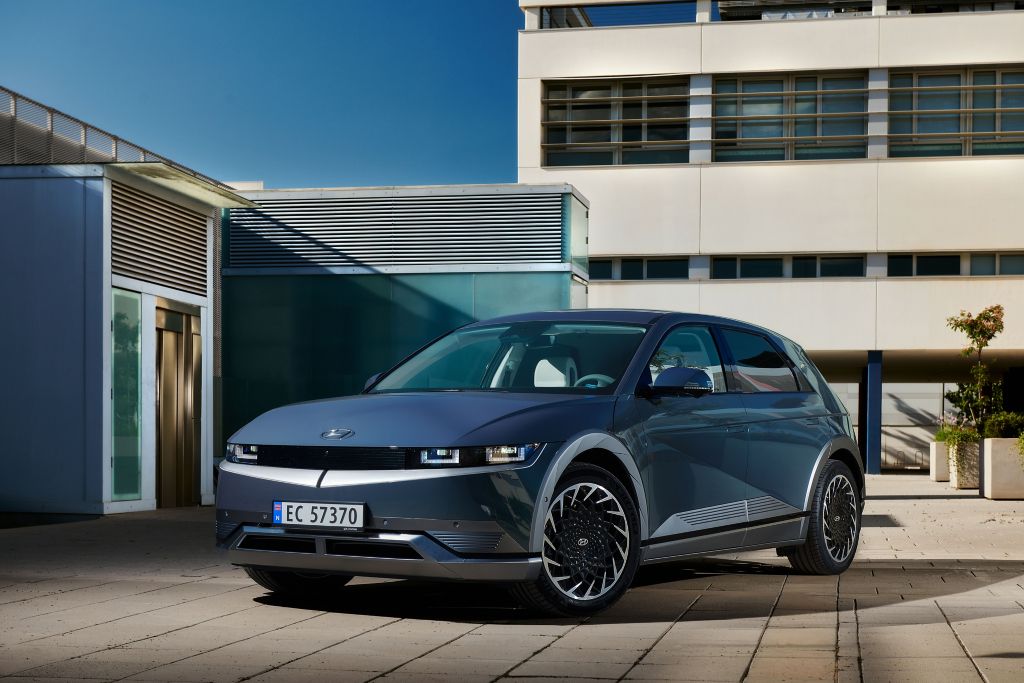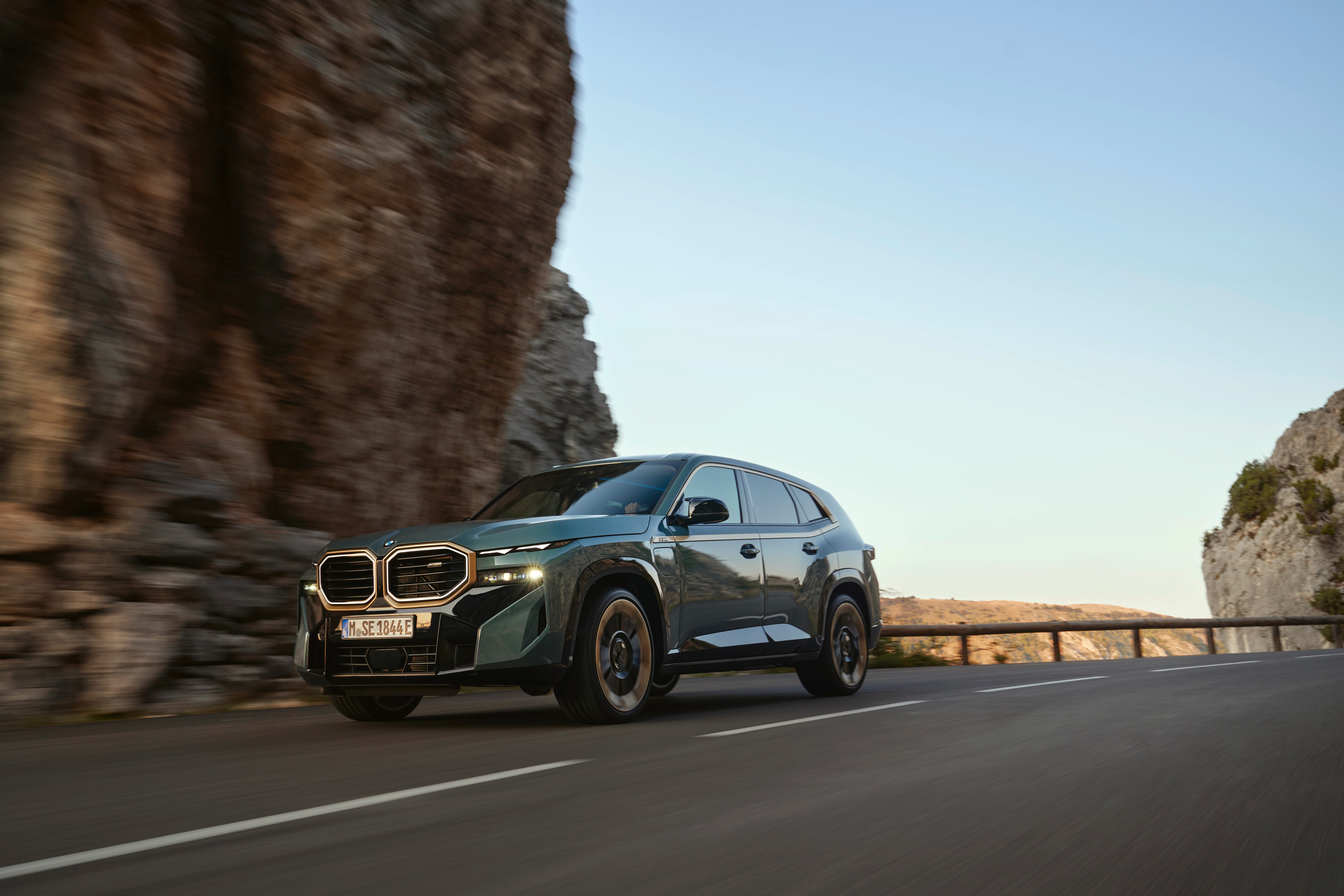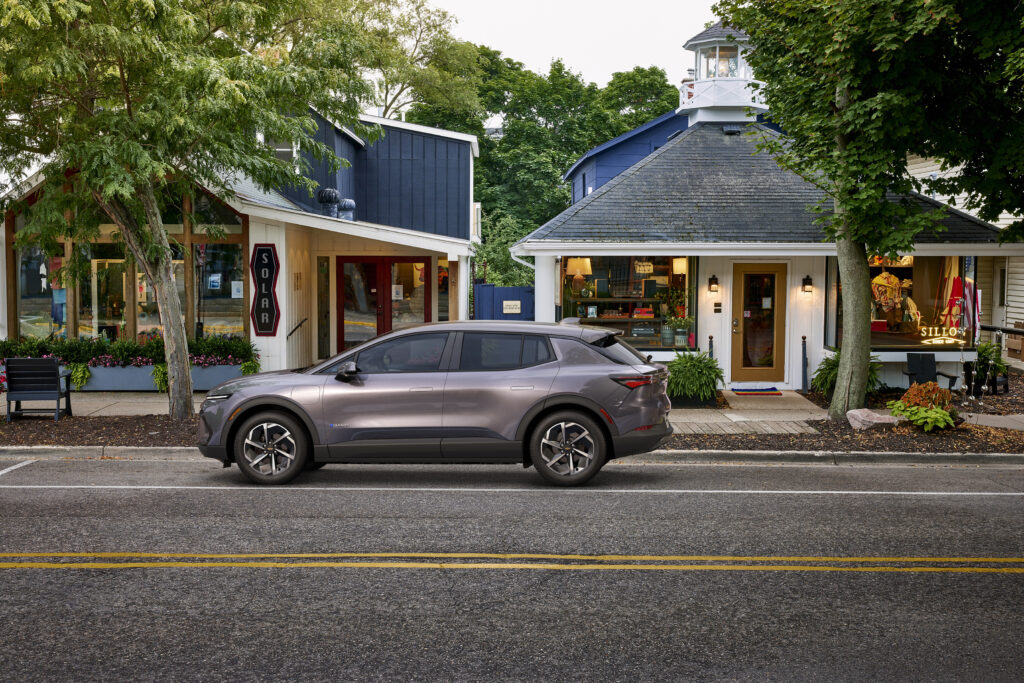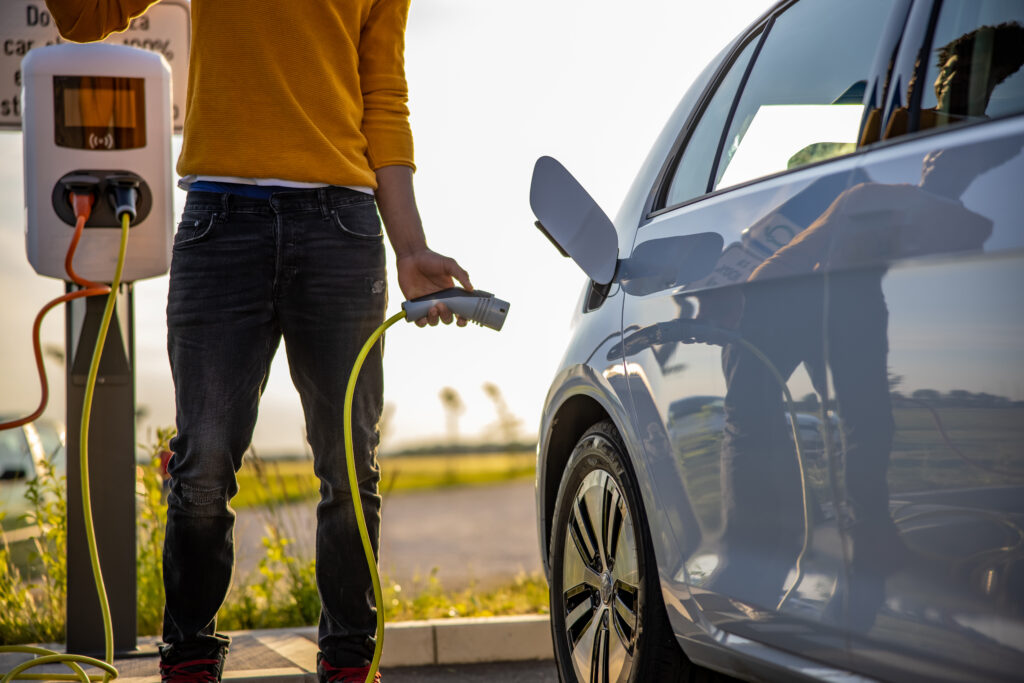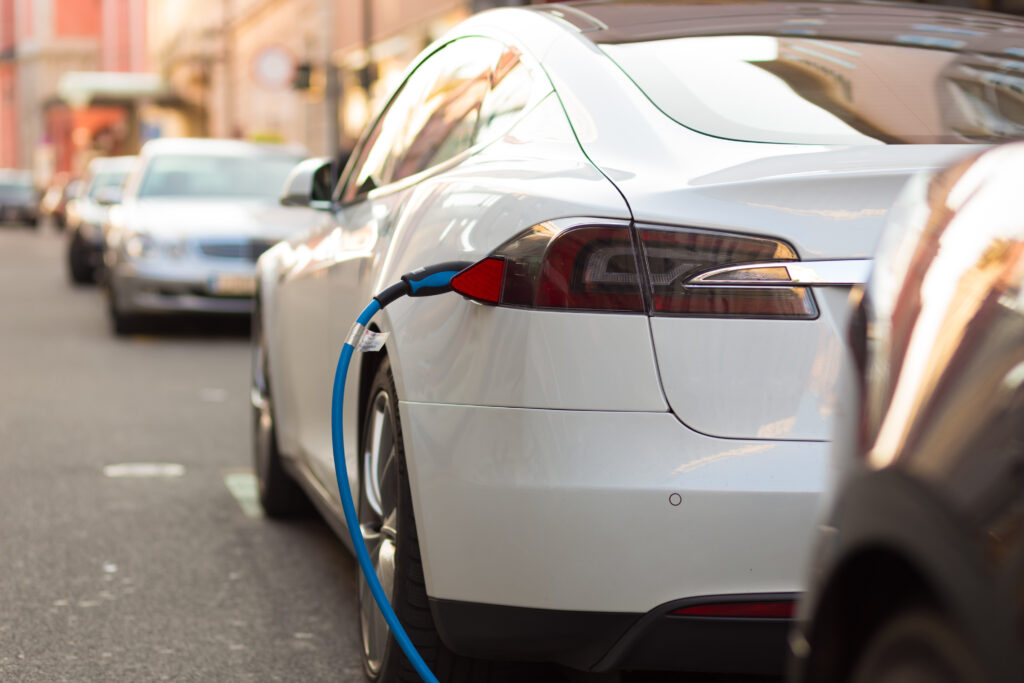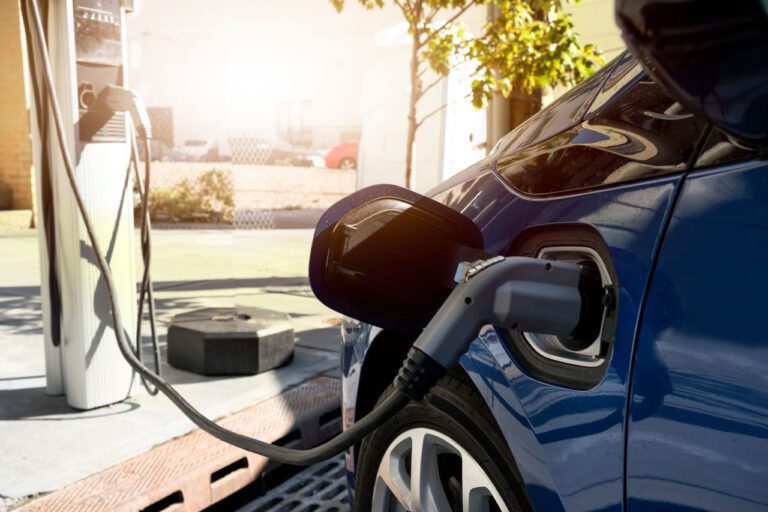
There are three standard electric car charging levels. All electric cars are capable of being charged on Level 1 and 2 stations. Some vehicles, however, cannot charge at a Level 3. In addition to these, Tesla uses a proprietary charger, the Tesla Supercharger, that is only for Tesla vehicles.
Level 1 chargers are typically for home use for two reasons. First, they can be plugged into a standard outlet without any installation. Additionally, they deliver a weaker charge, which requires a significantly longer charging time. Level 1 chargers typically deliver about 2 to 5 miles of range per hour of charging. Most electric car drivers will use a Level 1 at home to charge their cars overnight.
Level 2 chargers are most commonly found at commercial charging stations. (They can be used in a residential setting but need to be installed by a professional electrician since they can’t be plugged into a traditional outlet.) Level 2 chargers deliver 10 to 60 miles of range per hour of charging. They can fully charge an electric car battery in as little as two hours.
Level 3 chargers, also known as DC fast chargers, can provide 60 to 100 miles of driving to your car battery in as little as 20 minutes. However, not all electric cars are compatible with Level 3 chargers, including most plug-in hybrids and even some all-electric vehicles.
As more electric vehicles take to the roads, more charging stations are popping up. There are now 50,000+ public chargers across the U.S.
Use the AAA Find a Charger tool to find the nearest charging station wherever you are in the country.
Individual charging stations set their own pricing structure. Many locations are free to use, while others may be free for a few hours before starting to charge. Some car manufacturers will even have their own unique payment system. For instance, certain Tesla models include an annual charging credit. Once you surpass the allotted amount, a small fee applies.
If you know what station you’re planning to use beforehand, make sure to check what fees are associated with a particular spot before you hit the road.
AAA’s Recommendation: Whether you own an electric vehicle or a gas-powered car is up to you – and you should consider lots of factors in making that choice. No matter what type of vehicle you’re choosing, we recommend visiting a dealership, test driving one, and asking as many questions as possible to make an informed decision.










